Cats, those enigmatic, graceful creatures that have captured human fascination for centuries, often carry a mysterious aura that can make their emotions and states of mind challenging to decipher. Especially when it comes to fears stemming from past traumas, it might seem perplexing to understand how they overcome these past experiences. However, like many animals, cats have incredible resilience. When a cat releases its past fears, it usually displays certain behaviors and traits that can be both heartwarming and enlightening for pet owners. This article explores 12 distinct ways that cats demonstrate they have let go of their past fears.
Displaying Relaxed Body Language
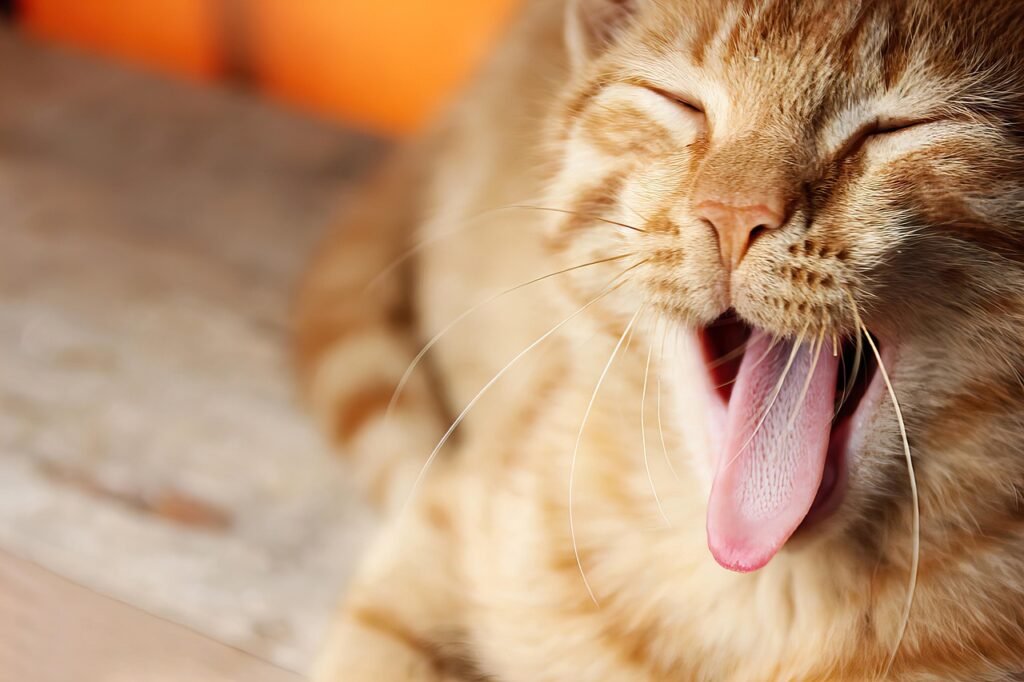
One of the most telling signs that a cat has overcome past fears is evident in its body language. A cat free from fear will often lie down with its belly exposed, a universal sign of trust and relaxation. It may also stretch lazily across the floor, showcasing a level of comfort that is only possible when they feel safe and secure in their environment.
Increased Playfulness
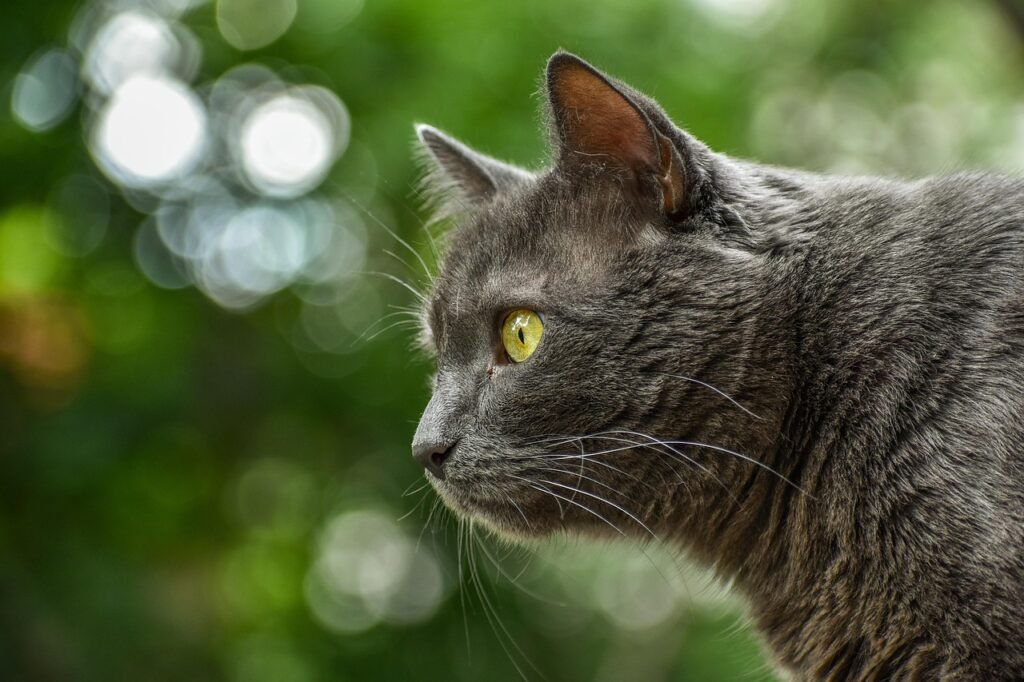
Cats that have moved past their fears often become more playful. They might chase toys with gusto or engage in playful ambushes. This increase in playful behavior indicates that they feel secure enough to indulge in what they might view as risky engagement in their environment.
Approaching New Situations with Curiosity
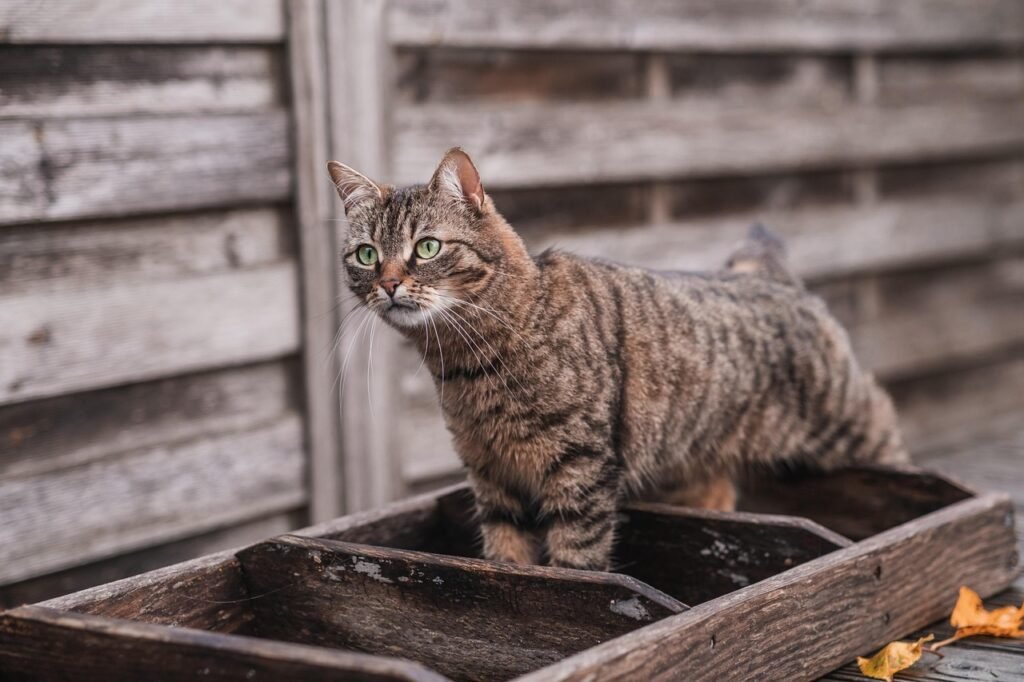
Curiosity replacing cautiousness is another indicator of overcoming fear. A cat that explores new areas of the house, sniffs out unidentified objects, or is keen to investigate new sounds demonstrates a boldness and confidence that was previously subdued by fear.
Enjoying Human Interaction
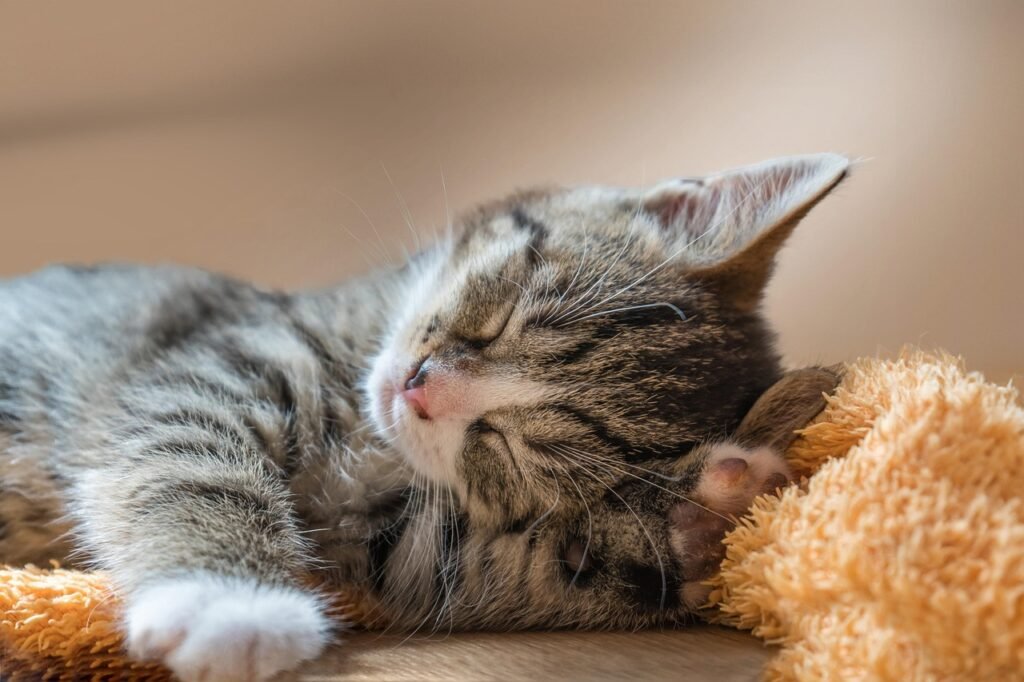
Trust towards humans can be a significant hurdle for cats coming from traumatic pasts. When a cat actively seeks human interaction, such as sitting on laps or rubbing against legs, it shows that it trusts its human companions and has let go of its wariness and fear.
Reduced Hiding Behavior
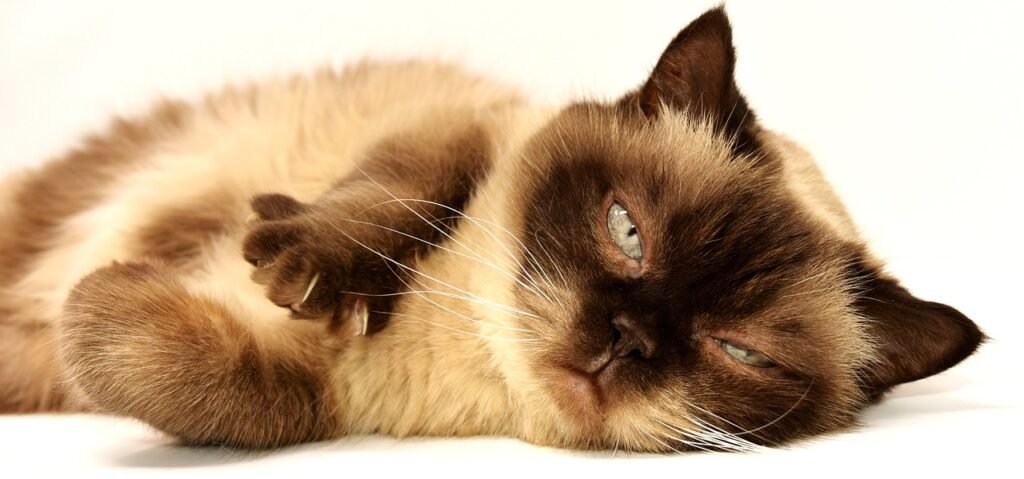
Cats that fear the unknown are known to hide under beds, in closets, or behind furniture. A reduced tendency to hide and a greater willingness to stay in open spaces indicate a fundamental shift in their comfort levels and fearlessness.
Vocalizing More Often
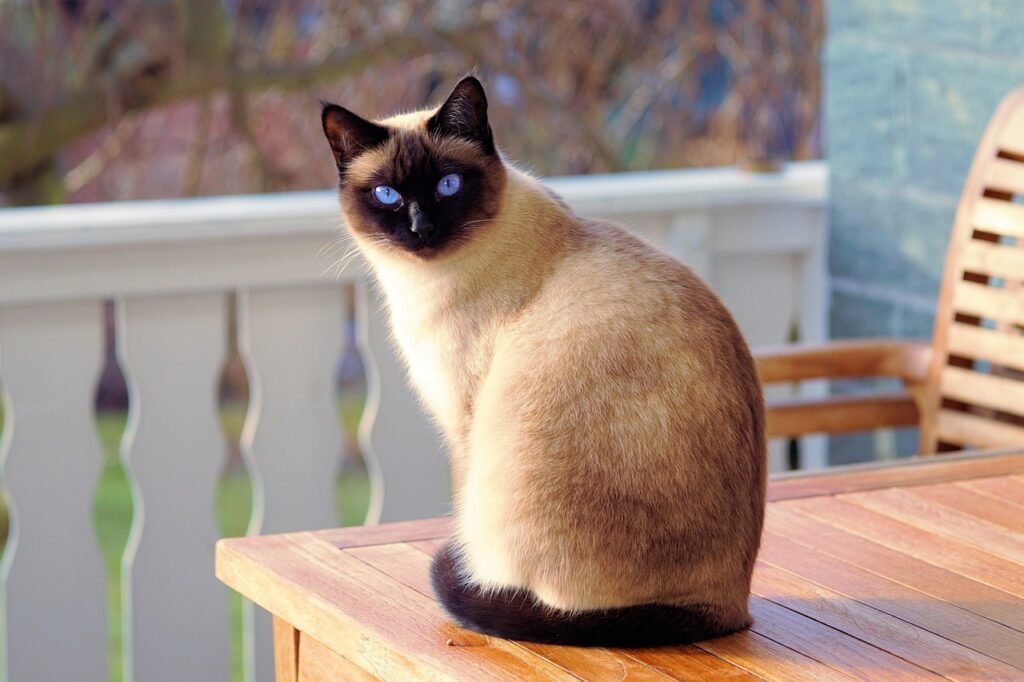
Vocalization, such as meowing or purring, is a significant social tool for cats. A cat that has moved past its fears might meow more often to communicate with its human companions, signaling a newfound confidence and contentment.
Positive Interactions with Other Animals
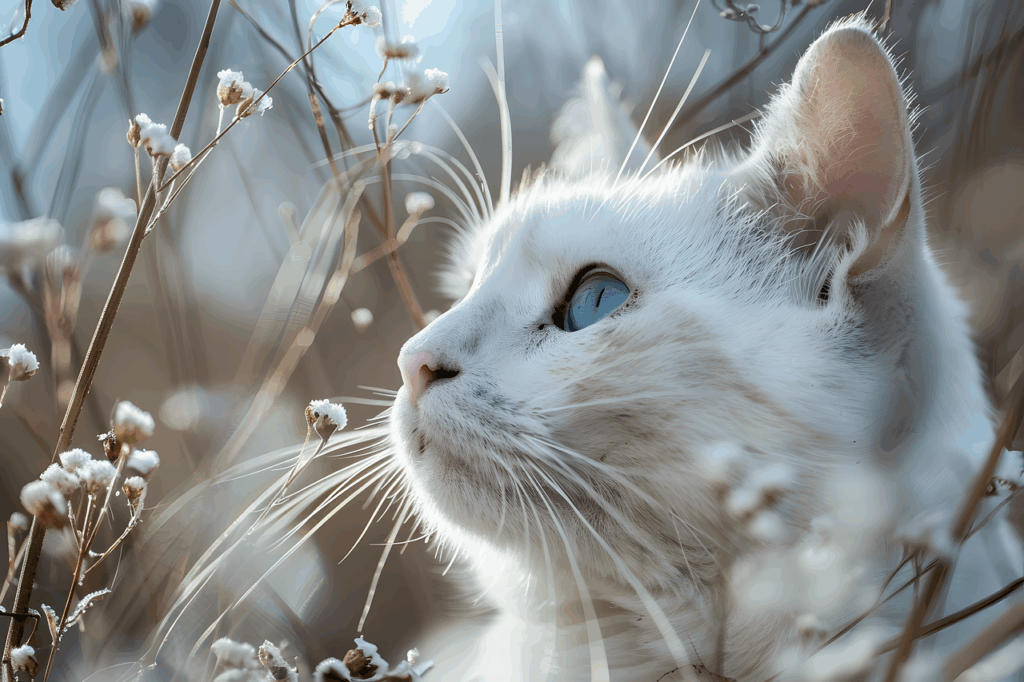
Cats that have overcome fears stemming from previous negative experiences with other animals will display it through their social interactions. They may be more willing to share spaces, groom other pets, or engage in mutual play, showing comfort and camaraderie.
Improved Grooming Habits

An anxious or fearful cat may neglect its grooming, leading to a disheveled appearance. Successful recovery from fear often results in thorough grooming habits as the cat seeks to maintain its appearance, reflecting its overall well-being and satisfaction.
Healthy Sleep Patterns
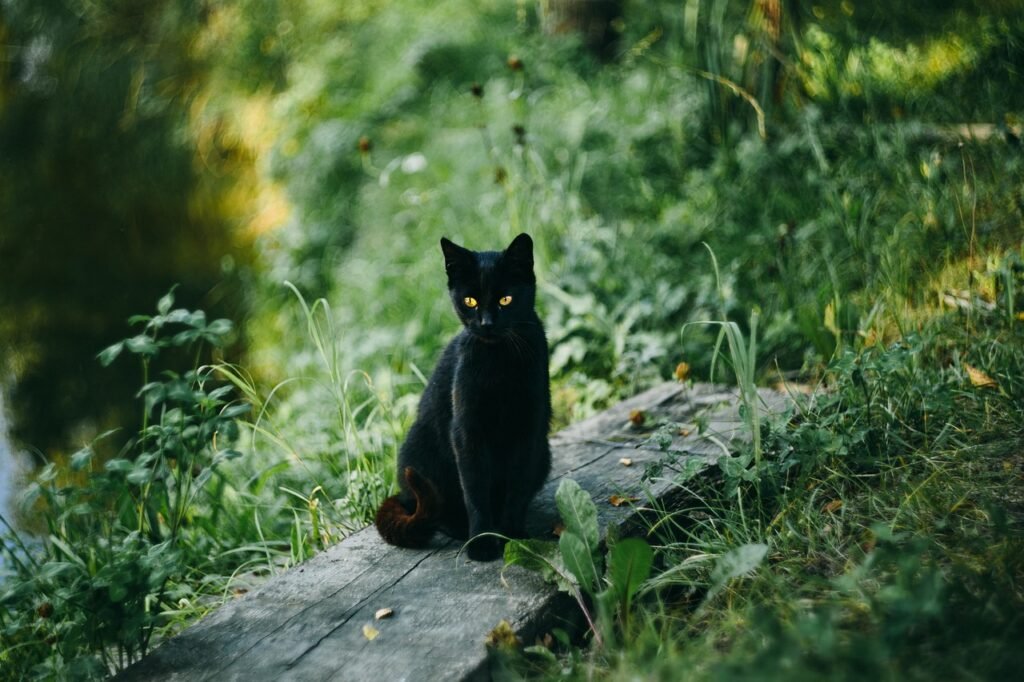
A cat that sleeps soundly, in varied positions, and in open areas displays a substantial reduction in fear. Healthy sleep patterns indicate that the cat is no longer in a state of alertness for potential threats and feels comfortable in its surroundings.
Confidence in Eating and Drinking
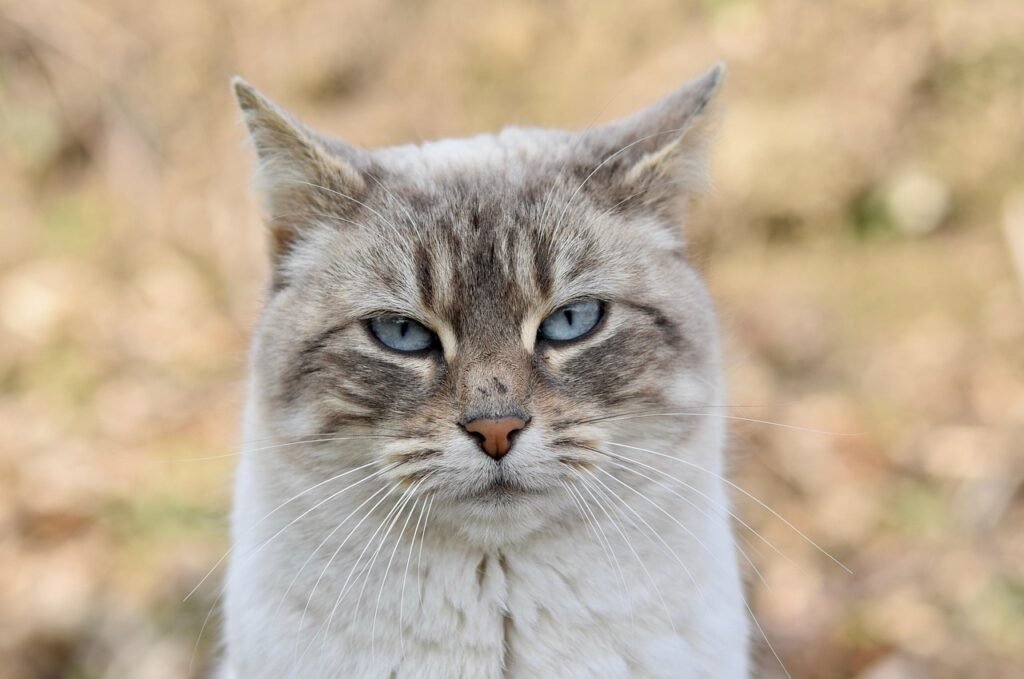
Cats that have moved past trauma will eat and drink openly, without the wariness that accompanies fear. This can be seen when a cat eats in various places around the house rather than a single safe spot, suggesting a lack of concern about being vulnerable while feeding.
Acceptance of Routine Changes
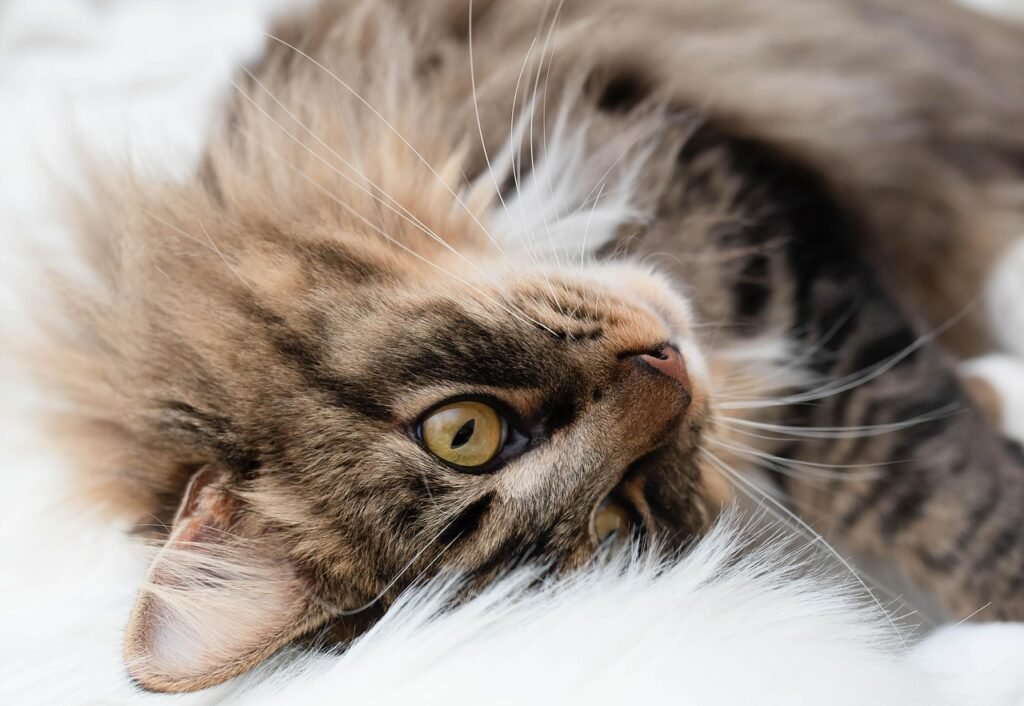
Cats that are relaxed and free from fear are more likely to adapt to changes in routine, such as feeding times or new family members, with relative ease. Accepting these changes suggests a level of confidence and a diminished instinctual response to fear-triggering uncertainties.
Seeking Comfort During Stress
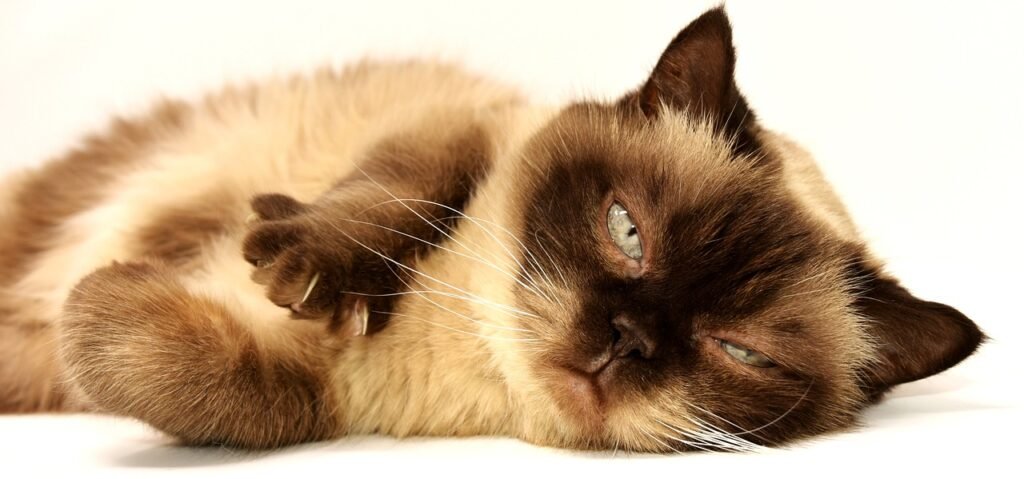
Lastly, cats who have let go of fear will often seek out comfort from trusted humans during times of stress rather than retreating inwards or hiding. They demonstrate their trust by seeking reassurance and are more likely to be comforted by their human companionship.
In conclusion, understanding and recognizing how cats display their release from past fears not only ensures a harmonious home but also enriches the relationship between pet and owner. The subtle signs, ranging from body language to social interactions, paint a vivid picture of the remarkable journey from trauma to trust that cats can experience with the right support. Recognizing and fostering these signs in your feline companion can lead to a more enriched and fulfilling companionship.
Hi, I’m Bola, a passionate writer and creative strategist with a knack for crafting compelling content that educates, inspires, and connects. Over the years, I’ve honed my skills across various writing fields, including content creation, copywriting, online course development, and video scriptwriting.
When I’m not at my desk, you’ll find me exploring new ideas, reading books, or brainstorming creative ways to solve challenges. I believe that words have the power to transform, and I’m here to help you leverage that power for success.
Thanks for stopping by, Keep coming to this website to checkout new articles form me. You’d always love it!






